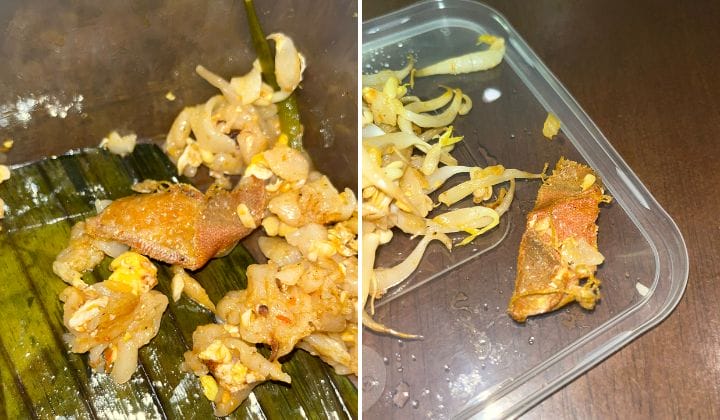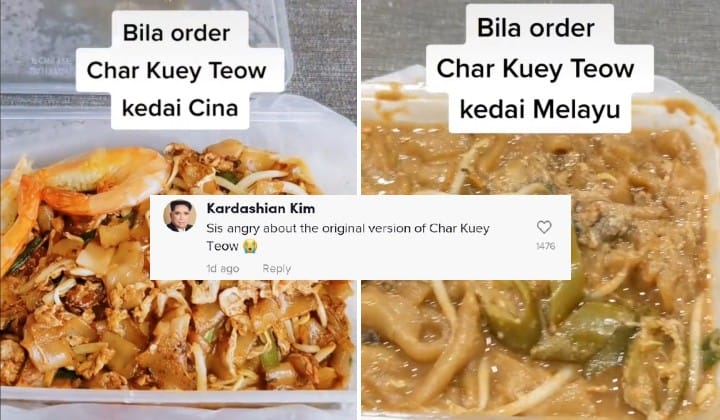Koay Teow? Kuetiau? Kuetiaw? DBP Finally Rules On Official Spelling Of Our Favourite Noodle Dish
Kuetiau, kuey teow, or koay tiaw, a dish by any other name would still taste as delicious.

Subscribe to our Telegram channel for the latest stories and updates.
Malaysia’s Institute of Language and Literature (DBP) has put to rest a disagreement that plagued Malaysians for decades: the correct spelling for kuetiau in Bahasa Malaysia.
The ubiquitous noodle dish has a myriad of different spellings, most commonly kuey teow, but other variations include koay tiau, kueh tiew, kuey tiao, kuew tiaw and more.

(Credit: Vincent Chow/Flickr)
In a recent Facebook post, the institute noted that the Bahasa Malaysia spelling for the fried noodle dish will be kuetiau goreng.
In the comments, some users noted that the Chinese-style wok-fried dry noodles char kuetiau differ from the wetter Malay-style fried noodles kuetiau goreng. However, ‘char‘ is simply the Chinese word for ‘fried’, just like goreng is the Malay word for ‘fried’.
Hence, technically, both dishes would be considered ‘kuetiau goreng‘, although many hawkers choose to differentiate the dishes as ‘kuetiau goreng basah‘ (wet fried kuetiau) or ‘kuetiau goreng kering‘ (dry fried kuetiau).
So that’s at least one koay teow kuetiau debate settled.
Will you start using the official spelling of ‘kuetiau’? Share your thoughts with us on TRP’s Facebook, Twitter, and Instagram.
Anne is an advocate of sustainable living and the circular economy, and has managed to mum-nag the team into using reusable containers to tapau food. She is also a proud parent of 4 cats and 1 rabbit.








